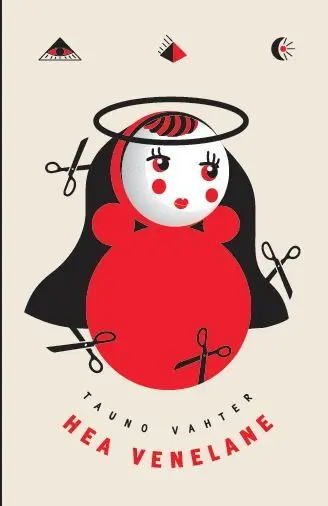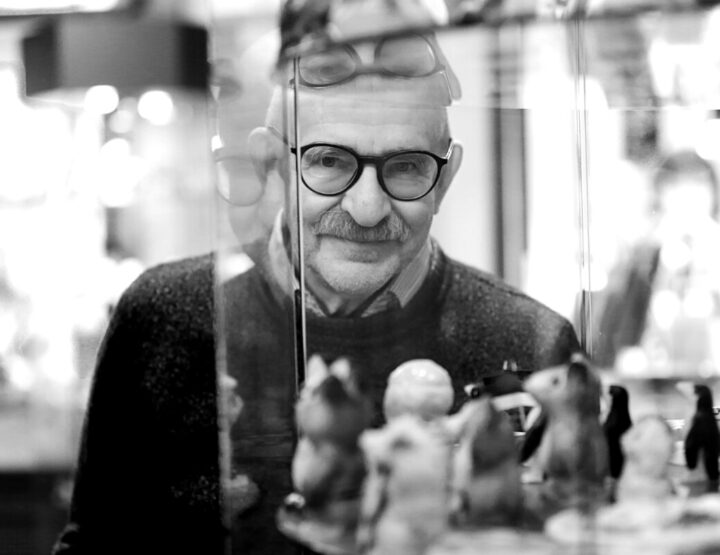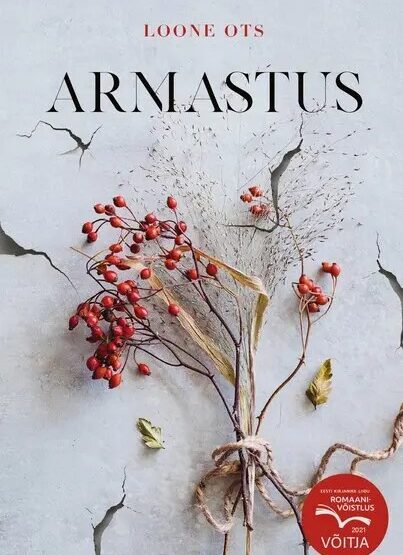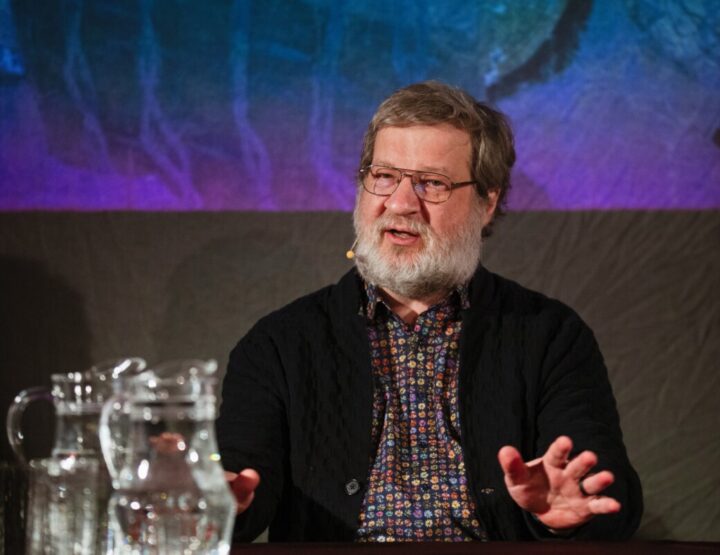Tauno Vahter is a publisher, translator, and writer. A Good Russian is his second novel, following The 11 Escapes of Madis Jefferson (2021), and a short-story collection titled A Long-Term Meeting (2022).
The story takes place in 1993 as the Republic of Estonia, after recently regaining its independence, tries to rebuild while simultaneously wrestling with old Soviet baggage and an inundation of new baggage from the West. There hasn’t been much time to enact new laws and gangs of criminals are pouring over the eastern border, sensing fertile ground. A motley mix of holy men, seers, and healers are also endeavoring to make a quick kroon in the dizzying multiplicity of opportunities. The latter particularly whipped people up into a frenzy. One of the more famous was Anatoly Kashpirovsky, who made millions in Russia by even “healing” through the TV screen. In 1993, he visited Estonia.
For 15-year-old Artur, the protagonist of A Good Russian, the story starts in the barbershop where, encouraged by his mother, he takes part in a test. Based on the outcome, the barber believes that Artur has talent, and his third eye could open. This all seems comical at first, but as soon as the clever young man realizes it could be a way to earn some cash, he doesn’t put up much resistance. The book then follows his tragicomic escapades in the field of “alternative medicine”. Vahter has, with restrained fury, earlier addressed the field’s widespread popularity in articles on Estonian culture. A Good Russian adds a dose of irony and jaunty self-analysis.
Still, the author focuses primarily on the situation in Estonia at that time: one where Russian colonizer imported during the Soviet occupation had to adapt to the laws of the Estonian state. Artur’s mother is Estonian and his father ethnically Russian. The boy himself is thus a mixture of several compromises, but he attends an Estonian-language school and identifies as Estonian. His father is also fluent in Estonian and works as a teacher, but his paternal grandparents have no grasp of the language. Using Artur’s family, Vahter gives an overview of the complex issues surrounding citizenship and language, but also the danger posed at the time by pro-Russian referendums to create breakaway zones in urban areas near the border. The story’s historical background is based in fact. A Good Russian paints a true picture of the era down to the most mundane detail while staying clear of the rosy cosmetic nostalgia that tends to blur similar works. Vahter’s style is light, fluid, and humorous – in a way, as carefree as blossoming youth. Overall, the novel is an upbeat, enjoyable read.
But who is a “good Russian”, anyway? Right now, as Russia’s war in Ukraine still rages, the question is extremely thought-provoking, though the context three decades ago was dissimilar. After reading the book, I’d say that Artur is a good Russian. That being said, he’s Estonian.
Tauno Vahter
Hea venelane
A Good Russian
Tänapäev 2022, 243 pp.
ISBN 9789916172667





